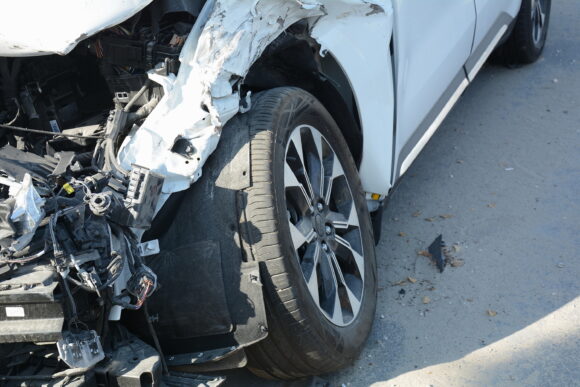An auto insurance policy that includes coverage for both uninsured and underinsured motorists does not require the insurer to pay the policy limits twice, the Virginia Supreme Court ruled.
The high court reversed a ruling by a Richmond city judge that required GEICO to pay an extra $75,000 to policyholder Liosha Miles. The Circuit Court judge had ruled that because two vehicles caused the accident — one insured and one underinsured — GEICO was required to pay the policy limits separately for both the uninsured (UM) and underinsured (UIM) motorist claims.
In an unsigned opinion issued Thursday, the Virginia Supreme Court said that is not how the state’s insurance statute is supposed to work.
“Affording the words chosen by the General Assembly their plain and ordinary meanings, we conclude that UIM coverage is a constituent part of UM coverage and does not represent a separate tranche of available coverage when UM coverage has been exhausted,” the opinion says.
Miles was injured in an April 18, 2019 crash that was caused by two vehicles; one driven by Carlos Figuero and another driven by an unidentified motorist who fled the scene. Figuero’s insurer, Integon General Insurance Co., paid the liability limit of $25,000.
Miles’ insurer, GEICO Advantage, paid her an additional $50,000 — $25,000 in underinsured motorist benefits and $25,000 in uninsured motorist benefits related to the unknown motorist who fled the scene. The policy had a $50,000 per-occurrence limit.
Miles was also insured by her brother’s auto insurance policy because she lived at his residence. GEICO Choice also paid the $50,000 limit for UM coverage on the brother’s policy.
Miles contended that she was owed an additional $75,000 — $25,000 in uninsured motorist benefits from GEICO Advantage to reach the limit of the policy and an extra $50,000 from GEICO Choice to reach the policy limit for underinsured motorist benefits.
Circuit Court Judge David Eugene Cheek agreed and granted summary judgment in favor of Miles’ claim. GIECO appealed.
The Supreme Court said if it were to accept Cheek’s interpretation of the law, it would effectively dictate the very same anomaly that it sought to correct when it amended the uninsured motorist statute in 1982. State lawmakers changed the law to require insurers to underinsured motorist coverage in addition to uninsured motorist coverage to make sure that a person injured by an uninsured motorist would not receive more benefits than a person injured by a motorist who was underinsured, the opinion says.
“Under the circuit court’s interpretation, Miles would be in a better position from an insurance coverage perspective because she was hit by one underinsured motorist and one uninsured motorist as opposed to two underinsured motorists,” the opinion says.
The court reversed the circuit court’s ruling and entered judgment in favor of GEICO.
Was this article valuable?
Here are more articles you may enjoy.


 Live Nation Loses Bid to Narrow DOJ Ticketmaster Case
Live Nation Loses Bid to Narrow DOJ Ticketmaster Case  Insurers Have Paid $12B in Claims for LA Wildfires, Report Shows
Insurers Have Paid $12B in Claims for LA Wildfires, Report Shows  Cybersecurity Officials Warn of Potentially Costly Medusa Ransomware Attacks
Cybersecurity Officials Warn of Potentially Costly Medusa Ransomware Attacks  The Evolution of Homeowners Insurance in California—From Niche to Necessity
The Evolution of Homeowners Insurance in California—From Niche to Necessity 